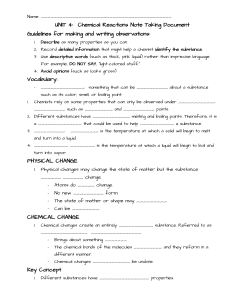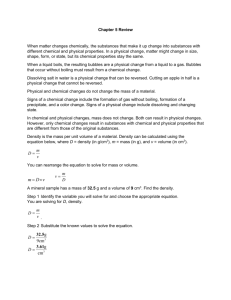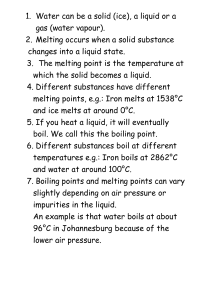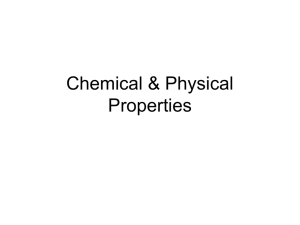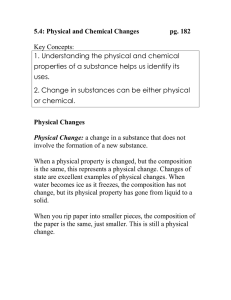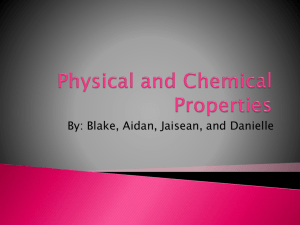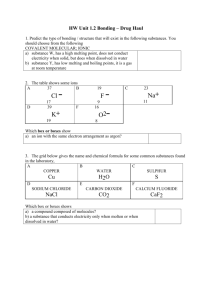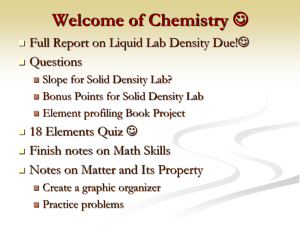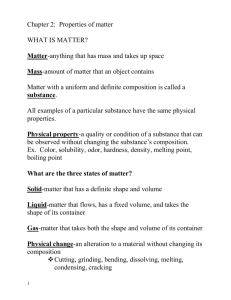Chemical and Physical Properties and Changes
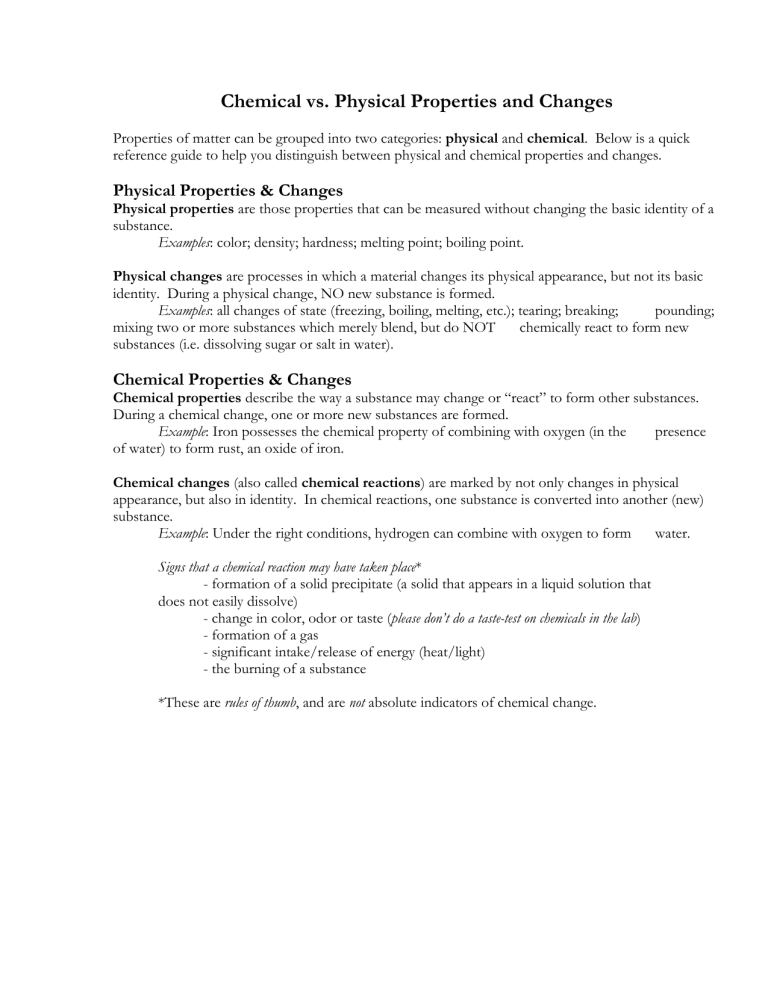
Chemical vs. Physical Properties and Changes
Properties of matter can be grouped into two categories: physical and chemical. Below is a quick reference guide to help you distinguish between physical and chemical properties and changes.
Physical Properties & Changes
Physical properties are those properties that can be measured without changing the basic identity of a substance.
Examples: color; density; hardness; melting point; boiling point.
Physical changes are processes in which a material changes its physical appearance, but not its basic identity. During a physical change, NO new substance is formed.
Examples: all changes of state (freezing, boiling, melting, etc.); tearing; breaking; pounding; mixing two or more substances which merely blend, but do NOT chemically react to form new substances (i.e. dissolving sugar or salt in water).
Chemical Properties & Changes
Chemical properties describe the way a substance may change or “react” to form other substances.
During a chemical change, one or more new substances are formed.
Example: Iron possesses the chemical property of combining with oxygen (in the presence of water) to form rust, an oxide of iron.
Chemical changes (also called chemical reactions) are marked by not only changes in physical appearance, but also in identity. In chemical reactions, one substance is converted into another (new) substance.
Example: Under the right conditions, hydrogen can combine with oxygen to form water.
Signs that a chemical reaction may have taken place*
- formation of a solid precipitate (a solid that appears in a liquid solution that does not easily dissolve)
- change in color, odor or taste (please don’t do a taste-test on chemicals in the lab)
- formation of a gas
- significant intake/release of energy (heat/light)
- the burning of a substance
*These are rules of thumb, and are not absolute indicators of chemical change.
